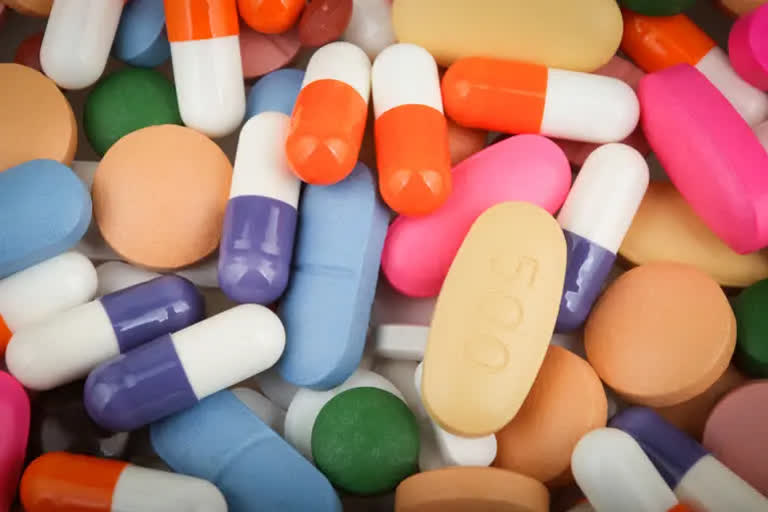New Delhi: More than 47 per cent of antibiotic formulations used in India's private sector in 2019 were not approved by the central drug regulator, according to a study published in The Lancet Regional Health-Southeast Asia. The research also found that Azithromycin 500mg tablet was the most consumed antibiotic formulation (7.6 per cent) in India, followed by cefixime 200 mg tablet (6.5 per cent) during the year.
The researchers at Boston University, US and Public Health Foundation of India, New Delhi, examined the private sector antibiotic use, which contributes to 8590 per cent of the total consumption in India. The data were gathered from a panel of 9,000 stockists who store products from approximately 5,000 pharmaceutical companies. However, these data did not include the drugs dispensed through public facilities, though this is less than 1520 per cent of all drug sales in the country as per studies and national health accounts estimates.
The researchers found a lower consumption rate of antibiotics compared to previous estimates but very high relative consumption of broad-spectrum antibiotics, which act against a wide range of disease-causing bacteria. The total defined daily dose (DDD) -- the assumed average maintenance dose per day for a drug in adults -- consumed in 2019 was 5,071 million (10.4 DDD/1,000/day), they said.
The study shows that formulations listed in the national list of essential medicines (NLEM) contributed 49 per cent while fixed-dose combinations (FDC) contributed 34 per cent, and unapproved formulations were 47.1 per cent. FDCs are the combinations of two or more active drugs in a single dosage form. "Centrally unapproved formulations accounted for 47.1 per cent (2,408 million) of total DDDs," the authors of the study noted.
"Cephalosporins, macrolides, and penicillins were the top three antibiotic classes among unapproved formulations," they said. The Watch group of antibiotics constituted 72.7 per cent of unapproved products and combinations discouraged by the World Health Organization (WHO) constituted 48.7 per cent of FDCs.
Watch includes broad-spectrum antibiotics with a high chance of resistance to be used only for specific indications. "Inappropriate use of antibiotics is a significant driver of antibiotic resistance in India," the authors of the study noted in the journal. "Largely unrestricted over-the-counter sales of most antibiotics, manufacturing and marketing of many FDC and overlap in regulatory powers between national and state-level agencies complicate antibiotics availability, sales, and consumption in the country," they said.
The authors acknowledge some limitations to their study, including the fact that the dataset covers only the private sector sales of antibiotics and will not reflect the antibiotics dispensed through the public system. Also, the data do not differentiate between community and hospital use as the data are collected at the stockist level, they added. (PTI)



